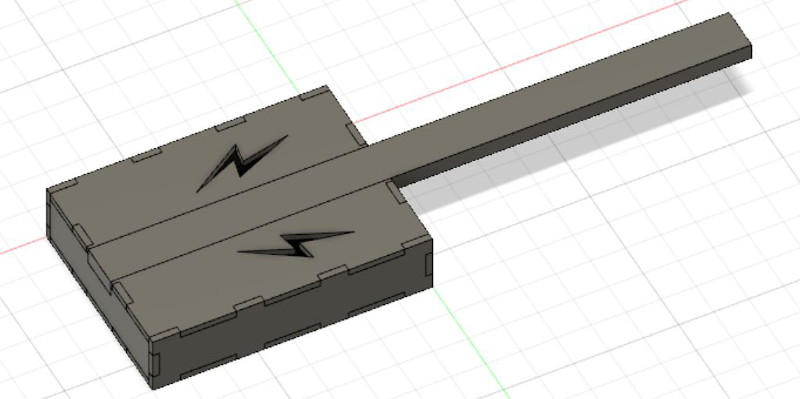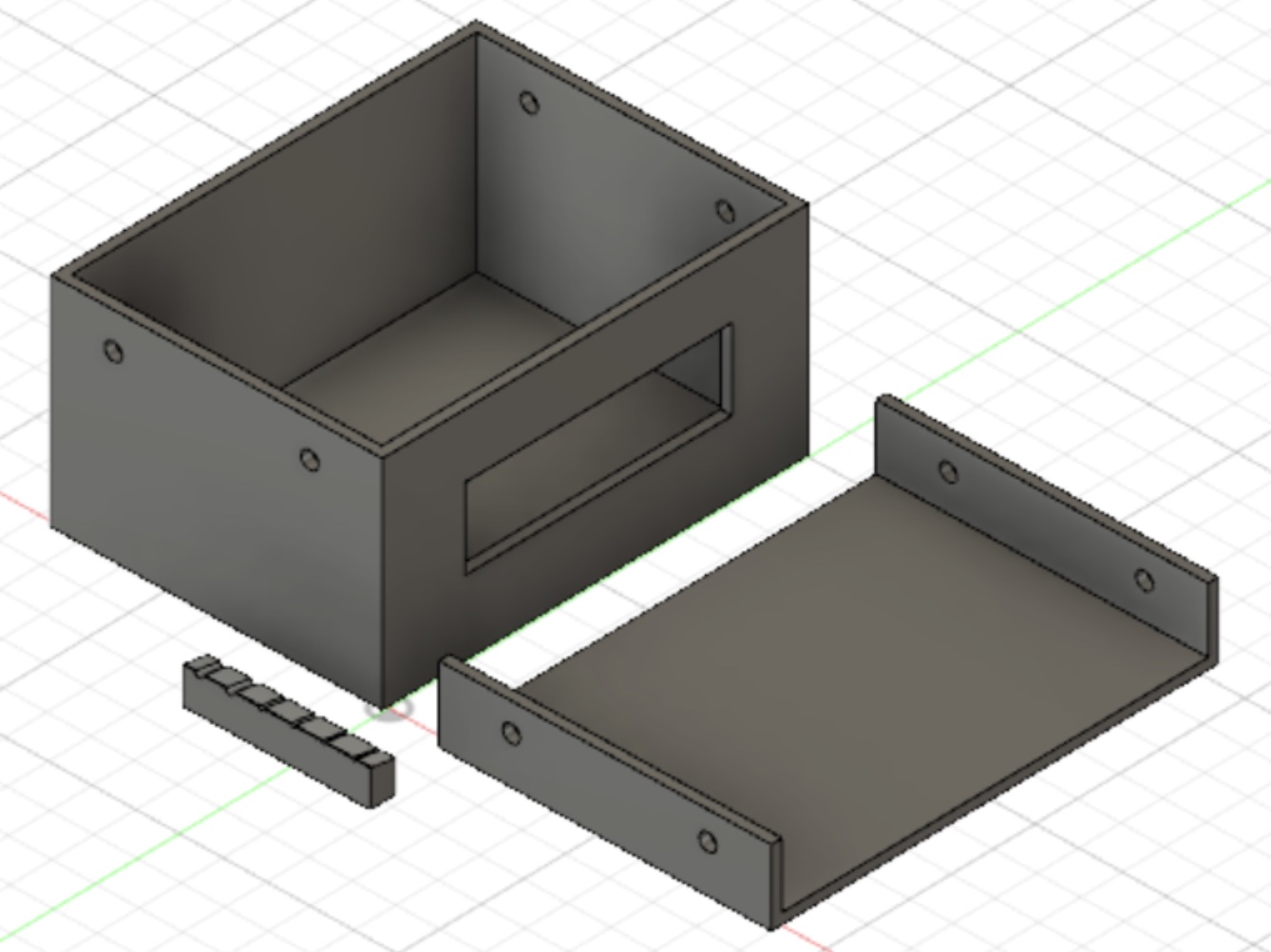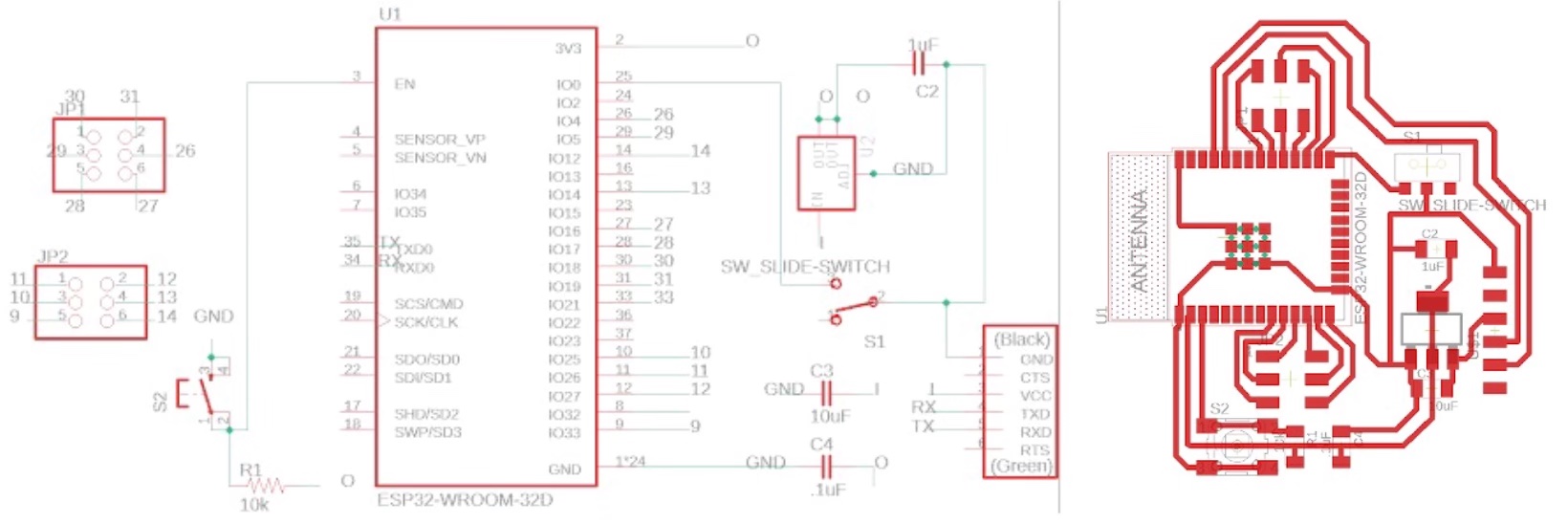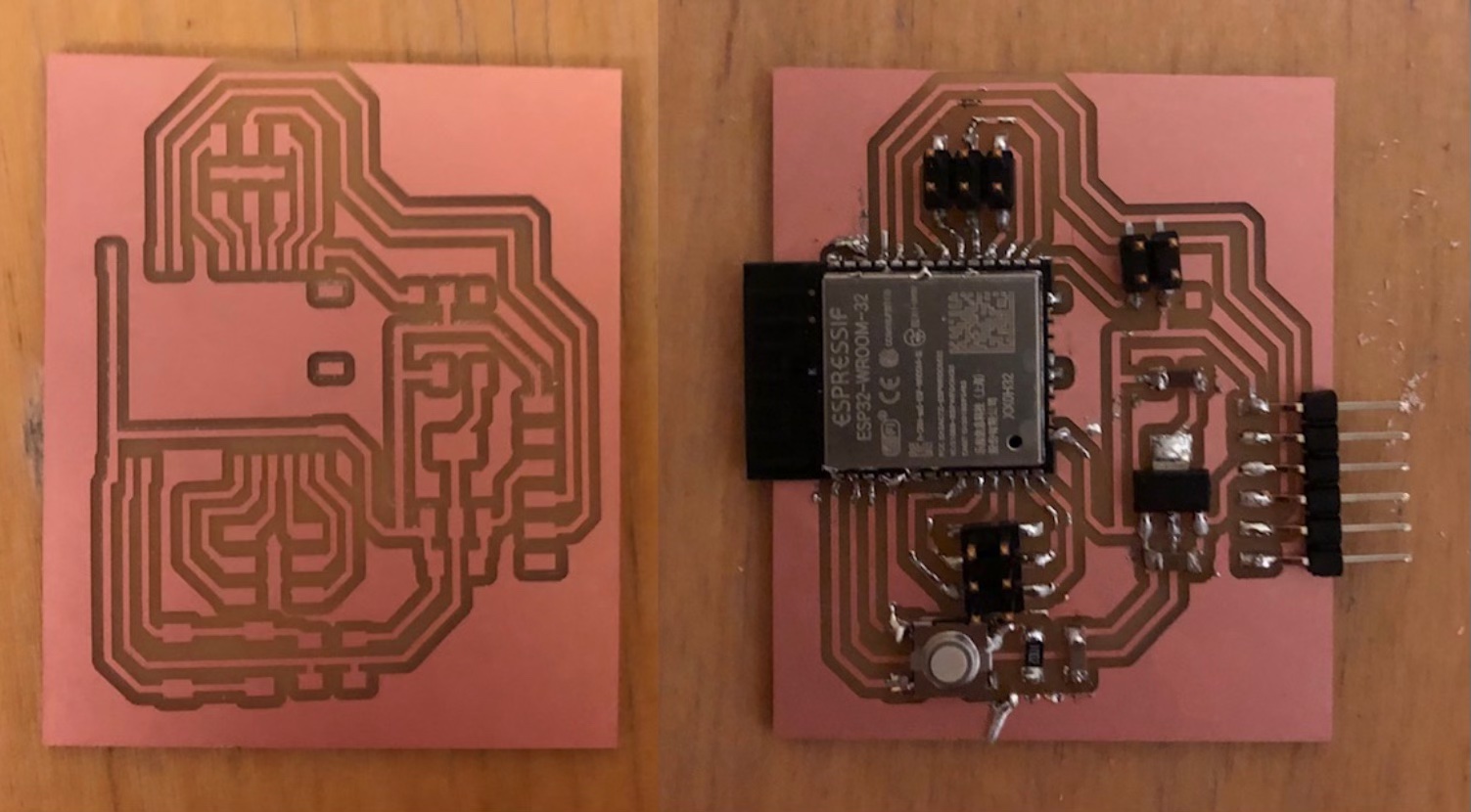skills used/developed
- PCB design and fabrication
- sensors and actuators
- mixed-signal instrumentation
- embedded processing
- wired and wireless communications
- CAD/CAM/CAE
- NC machining
- laser and waterjet cutting
- 3-D printing and scanning
- molding and casting
- Arduino




